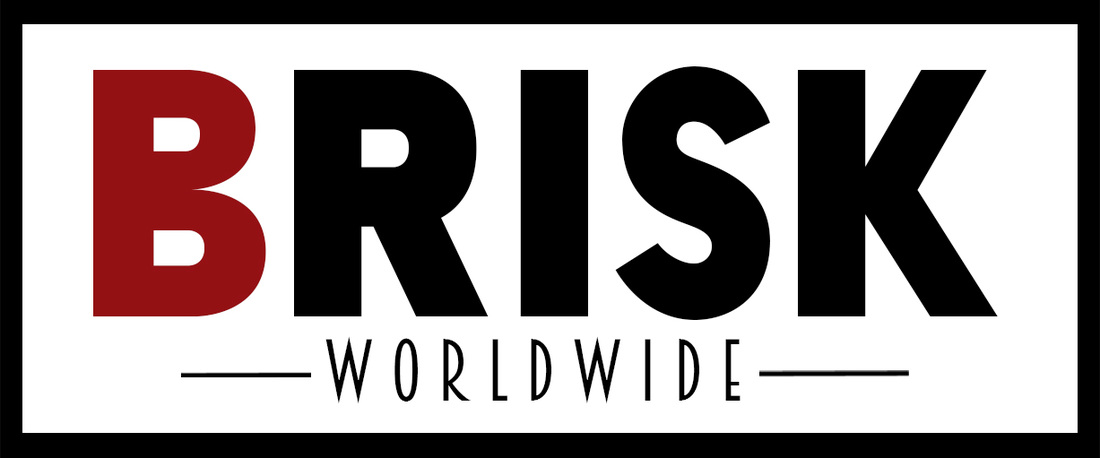|
Application:
0 Comments
In an ideal world, your wall socket would provide an infinite stream of perfect power, at constant voltage and cycling exactly the same number of times per second. Don't count on it. Here we identify common electrical power issues and reliable backup power UPS solutions that combat them.
In selling edge computing solutions, IT solution providers should take into account the whole picture – hardware, software and services. Unlike data centers, where it’s common to deploy different components separately, edges computing sites typically require single-rack systems that can include compute, analytics, storage, and power and cooling. For managed services providers (MSPs), selling full solutions packaged with remote services at the edge is a natural extension of what they already do. For a more traditional IT solution provider focused on hardware or software sales, edge computing opens a path into recurring revenue services. Remote management is essential to successful edge computing deployments. As edge networks grow into hundreds or thousands of locations, even the largest enterprises are not likely to have technical people to staff them all. Instead, many will look to MSPs to provide remote monitoring and management. Develop an Edge Computing Strategy Keeping in mind the remote requirements of an edge deployment, IT solution providers who now focus on hardware should start thinking about how software and services can complement their offerings if they are to seize edge opportunities. Often a percentage of their business consists of selling power and cooling equipment for server rooms, IT closets, and data centers. If they want to boost that business by targeting the edge, delivering the hardware alone is not a sufficient differentiator. Customers will want complete solutions delivered in a single rack that can be monitored remotely. This opens a big opportunity to launch a Managed Power Services practice. Managed Power Services handle two primary functions:
The edge computing market is on a fast growth track. According to IDC, edge spending in 2022 is expected to increase 14.8% over 2021 spending and will pass the $274 billion mark in 2024. “Edge products and services are powering the next wave of digital transformation,” said Dave McCarthy, research director, edge strategies, at IDC. Managed Power Services Benefits
Managed Power Services enable IT solution providers to:
Ready to Get Started with Managed Power Services? IT solution providers who want to add Managed Power Services should partner with a vendor that can expedite and support their entry into this market. Schneider Electric, for example, provides a comprehensive path into the Managed Power Services space with a full complement of hardware, software and remote services. Managed Power Services are a “here and now” solution for providers looking to grab a slice of the fast-growing edge computing market. Discover more by accessing this eguide, “The Essential Guide to Growing your Business with Managed Power Services.”  In this blog post from Eaton, they share about their rack enclosure solutions and how you can get everything you need all in one place for your next project! Check it out. The rack and enclosure space is expanding ― and it’s not just for data and communications installers anymore! Electrical contractors, design and installation professionals, and others are increasingly taking on more IT infrastructure projects. They look for distribution partners like Brisk Worldwide to supply rack enclosures and other solutions to complement server and storage purchases. Eaton now carries over 150 premium server racks, network cabinets, and wall-mount racks ideal for various applications. Tripp Lite by Eaton offers a complete line of industry-leading enclosure products designed to meet diverse customer needs. The rack market is growing rapidly, providing customers with yet another opportunity to purchase equipment from the same vendor. Some customers view enclosures as a commodity with little to no differentiation ― and thus base their rack decision purely on cost. That’s why it’s so crucial to communicate the differentiators that set Eaton enclosures apart from the others. Our extensive range of floor- and wall-mount server racks and cabinets help keep equipment organized and secure wherever it is located, from harsh industrial environments to tight spaces within edge applications. Eaton enclosures can do significantly more than serve as a shell for IT equipment; many are equipped with sophisticated features that enhance security, improve airflow, speed deployment, and deliver other important advantages. For example, we offer a broad range of wall-mounted solutions that are ideal for deployments requiring a space-saving form factor. In addition, we provide enclosures that enable customers to mount IT equipment vertically, conserving valuable floor space when only 5U-6U of equipment is needed. Eaton also understands the unique challenges present in specific deployment settings. That’s why our line of rugged, NEMA-rated enclosures is designed to withstand harsh environments, providing protection against water, ice, snow, and other moisture, as well as dust and heat. And to better meet the requirements of facilitating airflow around sensitive equipment, we’ve unveiled a new top-of-rack cooling system. In addition, easy-to-install racks speed up the deployment process for customers, eliminating the often time-consuming ― and thus costly ― process of assembling and populating an enclosure. Compatible designs, tool-less mounting, and a comprehensive line of rack accessories translate to easier planning, faster deployments, and more efficient maintenance. One of the best enclosure options for contractors is the Tripp Lite by Eaton SmartRack Premium Enclosure series. Available in sizes ranging from 6U to 55U, the SmartRack houses components with strength, sturdiness, and the ability to accommodate significant weight. It ships fully assembled, with side panels and a front door that locks securely to help prevent damage, tampering, or theft. Multiple door security mechanisms are available when a colocation requires upgraded protection. Have a conversation today with your Brisk Worldwide representative about the full line of Eaton enclosures and associated rack equipment. Coffee is made-to-order and, now, so are PDUs. Customize this important piece of IT equipment to optimally protect and distribute power within your unique environment. IT professionals: Here's the infographic you never knew you needed!
Managing distributed IT environments has emerged as a key responsibility for many data center operators to meet the dynamic challenges of digital transformation. Decentralization of infrastructure has enabled the proliferation of critical IT components to drive faster data and services to end users on college campuses, in hospital systems and other distributed environments. However, as operators embrace connected technologies to integrate devices and automate essential processes, the potential for more cybersecurity risk must also be addressed.
Systems are becoming more interconnected, which increases the number of potential entryways for malicious activity across a network. Data center operators responsible for managing distributed networks must be aware of these possible vulnerabilities and create an end-to-end strategy that factors securing power management into the equation. Connected systems, new risks The trend in high-profile breaches exemplifies the changing cybersecurity threat landscape. Like HVAC units and other more recently connected devices, power management devices such as uninterruptible power supplies (UPSs) are becoming more interconnected to enable integration with software, services and other IT infrastructure in a way that enables operators to manage and monitor these devices remotely. These components must be secured just like every other network access point. Driving home the urgency on this point, the Cybersecurity and Infrastructure Security Agency (CISA) and Department of Energy recently released a public advisory regarding cybersecurity for internet-connected UPSs. The advisory urged organizations to take mitigation measures to protect UPSs and all other emergency power systems against potential threat actors. Steps to securing backup power in distributed environments
Physical security measures, including the use of security locks on IT racks, can also help to ensure that only authorized personnel have access to IT equipment. And as the proliferation of smart, connected devices link together more elements of IT operations in distributed networks, it will be helpful to partner with technology and solutions providers that demonstrate an ongoing commitment in protecting against cybersecurity risks Securing the future Digital transformation is poised for continued acceleration, and with it, managing distributed IT environments will be a growing responsibility for data center operators as they seek to drive even better and faster data services. This transition will create new possibilities for connected infrastructure, and it remains imperative that operators take the necessary steps to secure these devices across their increasingly interconnected networks. By implementing proper cybersecurity measures to secure power management equipment, operators can better prepare for the continued evolution of their networks. By 2025, data centers are expected to consume about one-fifth of the world’s electrical power. Between running IT infrastructure, cooling, power backup, and general maintenance, data centers require a lot of energy. However, as an IT administrator, you can take steps to increase infrastructure sustainability, especially as the number of small data centers multiplies at edge computing sites. One step involves updating your uninterruptible power supply (UPS) fleet with devices designed for greater efficiency and less maintenance. Another step is implementing an infrastructure monitoring strategy focused on minimizing on-site maintenance and troubleshooting. More Efficient UPSs The amount of energy consumed by a single UPS device may seem insubstantial. It amounts to roughly 1% of the total power consumed at a data center or edge computing site. However, let’s say you’re a bank with 100 branches or a retailer running 1,000 stores or more. Each of those locations is supported by an edge site containing a UPS. When multiplied by all those locations, that 1% adds up to a lot. Therefore, you’d want to deploy the most efficient UPSs available. A new breed of UPS with innovative technologies helps you meet that goal in several ways. First, these devices use wide-bandgap semiconductors that enable operation at a higher voltage and higher frequency than possible with traditional semiconductors. This results in fewer power losses, which translates to more powerful and energy-efficient devices. The outcome is a lower electric bill. Another benefit of the new UPS technology is the use of lithium-ion batteries that last up to 10 years, compared to three to five years for valve-regulated lead-acid (VRLA) batteries. As such, the units need to be replaced less frequently. And that means using less power for manufacturing and less fuel in transporting the units, which are smaller and lighter, taking up less space in trucks. Disposal costs at the end of life for the units also decrease. Anything that helps reduce carbon emissions is a plus. To further understand the differences between VRLA and lithium-ion battery life cycles and how that impacts sustainability efforts, check out this recent blog post. Real-time monitoring and management for edge computing sites Newer UPSs also help achieve sustainability goals at the edge through remote monitoring and management. Connectivity enables the capture of data for real-time monitoring and management and is enterprise management system compatible – letting you make device information available to your monitoring and management platform or third-party Enterprise Network Management System. This capability helps reduce the need for truck rolls for maintenance and troubleshooting. For one thing, you can reboot attached loads. And you don’t need to dispatch someone to a site to check on battery status because you can remotely monitor battery health and performance. Data collected from the batteries allows you to accurately estimate when a battery will need replacement instead of going on-site to check. When you are running hundreds or thousands of sites, this translates to spending a lot less on fuel and travel costs. And when a technician shows up with a replacement battery, you can be confident it’s the right time for a replacement. Discover a more sustainable kind of UPS Everyone in an organization – and society itself – has a responsibility to work toward sustainability goals. Reducing power consumption at data centers and the edge isn’t always easy, but it’s possible. And one effective way to do so is by deploying efficient UPS technology at the edge. Discover a more sustainable kind of UPS Everyone in an organization – and society itself – has a responsibility to work toward sustainability goals. Reducing power consumption at data centers and the edge isn’t always easy, but it’s possible. And one effective way to do so is by deploying efficient UPS technology at the edge. Find the Right Power UPS to Protect Your Critical ElectronicsSTANDBY UPS Standby UPS protect against 3 of the 10 most common power problems. This low cost UPS provides basic protection and will reduce equipment downtime. Standby UPS are most commonly used to protect single workstations, ATM/Kiosk, IP telephony, and POS terminals. LINE INTERACTIVE UPS Line Interactive UPS protect against 5 of the 10 most common power problems. This midrange protection adds Automatic Voltage Regulation (AVR) feature to the Standby UPS topology. Line Interactive UPS are most commonly used to protect servers, small network systems, IP telephony, POS terminals, and POE equipment. ONLINE UPS Online UPS, also known as double conversion technology, protect against 9 of the 10 most common power problems. This topology first converts AC utility power into DC power, then converts back into AC power. Online UPS are most commonly used to protect mission critical applications including critical servers, phone systems, medical devices, and equipment requiring long battery runtimes. ISOLATED ONLINE UPS
Isolated Online UPS, also known as Power Conditioned Online UPS or Laboratory Grade UPS, protect against all 10 of the common power problems. This premium technology adds galvanic isolation transformer to the online UPS topology providing protection from common mode noise. Isolated Online UPS are used to provide the cleanest power in difficult applications such as industrial environments, laboratories, retail, and any installation with grounding or noise issues. If you work in a dedicated data center facility, you’re probably already aware that rack PDUs are more than just power strips. With power distribution units numbering in the hundreds or even thousands, having the right rackmount PDU can be a critical asset to managing your data center effectively. Let’s take a look at some of the top things to look for when purchasing a rackmount PDU for your data center.
Let’s face it — your business is essential, and it needs electricity to keep its operations going around the clock. But, despite your best efforts, you’re still struggling to find a way to maintain always-on, always-connected operations. One solution you may want to consider: an uninterruptable power supply (UPS) system.
UPS systems are essential for essential business during hurricane season and after it ends. To understand the value of UPS systems, let’s examine these systems in detail. What is a UPS? Don’t let the name fool you — this type of UPS is not a package delivery and supply chain company. Like the globally recognized brand. However, a UPS system can help essential businesses stay on track. A UPS is a device that provides emergency power after an initial electricity source fails. In other words, it is a surefire backup plan for essential businesses because it protects computers, telecommunications equipment, and other critical devices against power disruption. How does a UPS system work? A UPS delivers backup power if a primary power source fails or voltage falls below a predetermined level. In this instance, the system safely provides power for a set amount of time. The size and design of a UPS determines how much power will be provided and how long it will be provided. If the system runs out of backup power, it allows business users to safely shut down any connected equipment. Types of UPS UPS systems are classified based on the level of power protection they provide. Common types of UPS systems include: 1. Standby A standby system delivers backup power if a blackout, voltage sag, or voltage surge occurs. The system detects instances when utility power falls below or surges above safe voltage levels then switches to backup battery power and runs it to connected equipment. It is frequently used for consumer electronics and other basic electronic equipment. 2. Line-interactive A line-interactive system can handle minor power fluctuations without resorting to a battery backup. The system may be used for consumer electronics, PCs, network equipment, and servers. 3. Double conversion A double conversion system provides the same quality and level of power, regardless of the power source. The system is ideal for mission-critical IT equipment, data centers, and high-end servers. Five reasons why your essential business needs a UPS system The bottom line: a UPS system is a must-have for your business. Here are five reasons why UPS systems are essential for essential businesses. 1. UPS systems guard against power interruptions Research indicates that approximately one in four businesses experience a power outage at least once a month. Meanwhile, power interruptions make it virtually impossible for businesses to provide customers with the products and services they demand in real-time. As a result, power outages can cause revenue losses, damage brand reputation, and cause other long-lasting problems for businesses of all sizes and across all industries. With a UPS system in place, your business is well-equipped to avoid a power outage that otherwise hampers your ability to serve its customers. A UPS system keeps your critical systems running, so your employees can use these systems to achieve their desired results. At the same time, a UPS system ensures that your customers won’t be affected if a power outage occurs; instead, your company can continue to perform at its expected levels. 2. UPS systems prevent data loss Your employees may work diligently at their computers, and they may store a wide range of information on them. But, if a power outage occurs, your business risks data loss. Once your company loses data, it may require significant time and resources to recover it. In the worst-case scenario, your company could lose this data altogether. A UPS system minimizes the risk of data loss due to a power outage. The system keeps business computers running, even if a primary power source is disrupted. That way, you won’t have to worry about losing critical data. 3. UPS systems protect against “bad” electricity There is no guarantee that your business devices have a clean, consistent supply of electricity. In fact, direct alternating current sometimes results in power fluctuations that can cause electronic devices to deteriorate. A UPS system can filter electricity as it is delivered to your business devices. For example, a line-interactive UPS system refines power as it comes into the system and adjusts its output accordingly. In doing so, the system ensures that business systems receive clean, consistent power. 4. UPS systems mitigate the risks associated with power surges There is no telling when a power surge will occur, but the incident can have far-flung effects on your business. During a power surge, a transient wave of energy disrupts an electric circuit. When this happens, the surge can damage electronic equipment. A UPS system can detect power surges, spikes, and dips as they happen. The system automatically switches to alternate power, and as a result, protects against these issues before they cause damage. 5. UPS systems provide surefire emergency power Your essential business needs a Plan B if a power outage occurs. Otherwise, your company puts its employees and everyday operations in danger. It also cannot provide its customers with the support they need, precisely when they need it. A UPS system acts as a surefire emergency power supply. The system provides reliable alternate power, even if electricity is unavailable from a primary power source for an extended period of time. Thus, the system delivers a viable temporary power solution. Does your business need a UPS system? A UPS system is a must-have for essential businesses in South Florida, particularly during hurricane season. The system ensures your company won’t have to worry about power disruptions. Plus, the system is easy to use and won’t break your budget. At Universal Electrical Services, we provide UPS systems throughout South Florida. Our team can teach you about different UPS systems and help you find the right one for your essential business. To learn more, please contact us today. |
AuthorBrisk Worldwide is Your #1 Technology, Power & Lighting Resource! Archives
November 2023
Categories
All
|
|
At Brisk Worldwide , our customer is our main priority.
Serving commercial, data centers, contractors, property managers, and businesses, we offer a huge selection of uninterruptible power supply systems, backup power systems, and power management systems for large Data Centers, electrical engineerIng infrastructure, and other mission critical IT applications. So if you need help or you just want a hand placing your order, we can assist! |
Connect With Us |






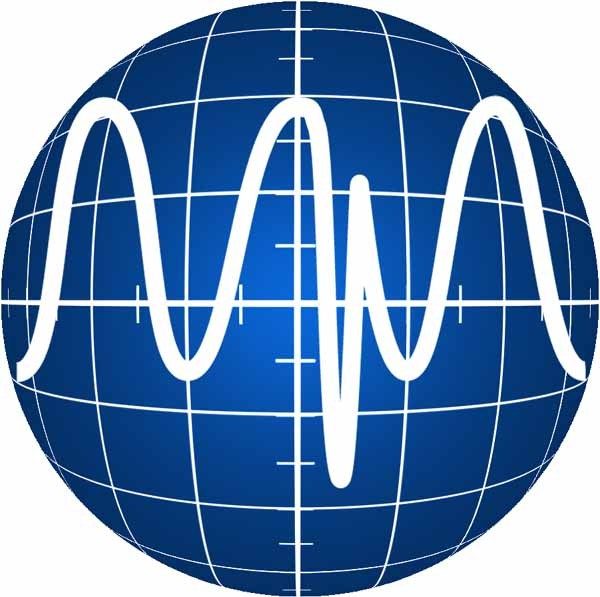

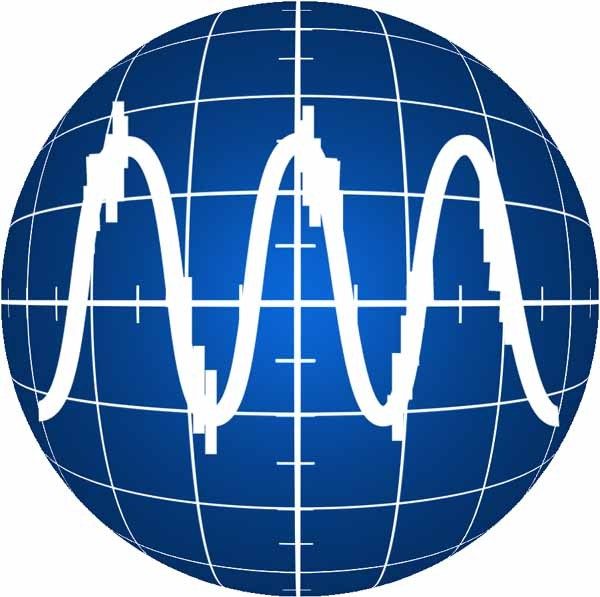



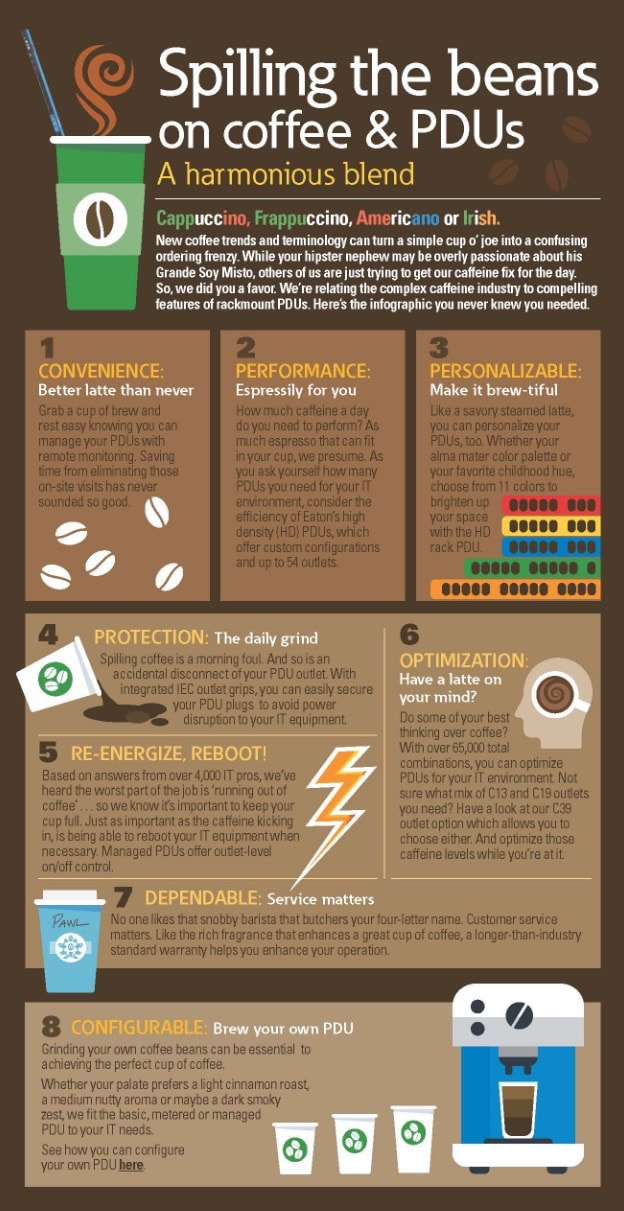


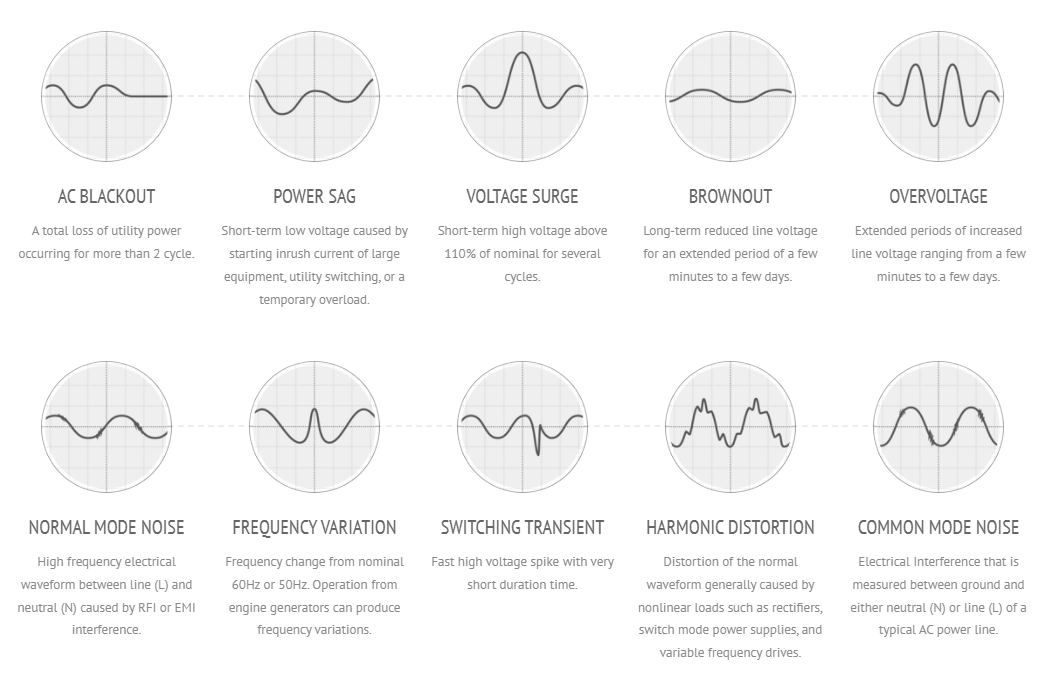

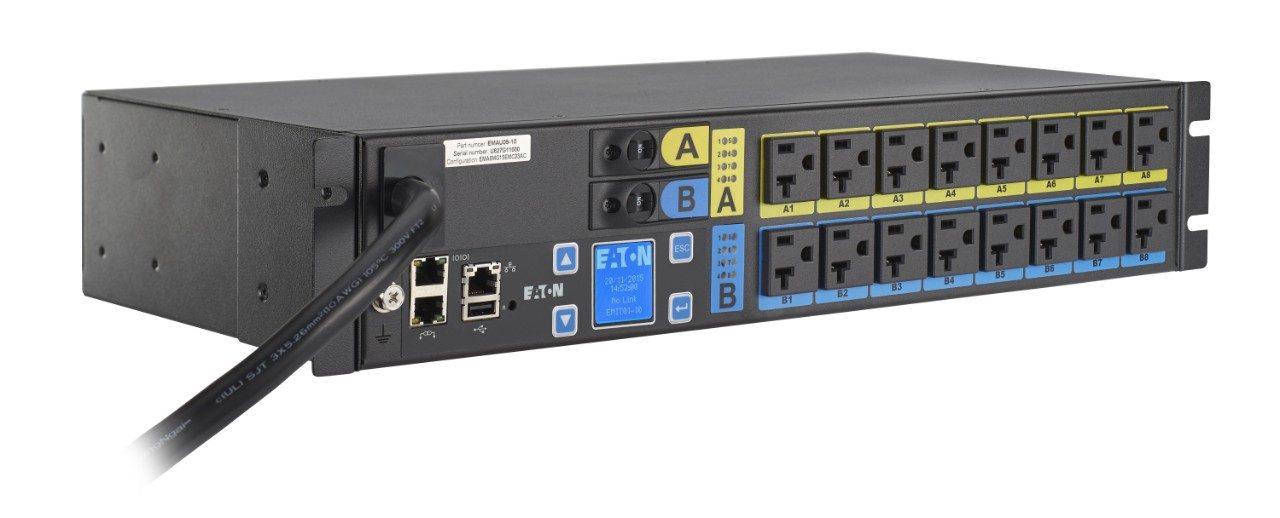
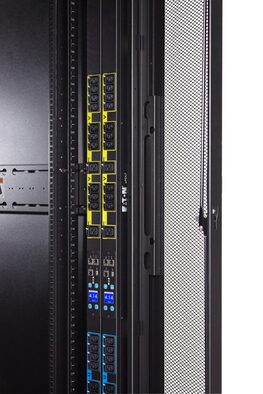


 RSS Feed
RSS Feed
